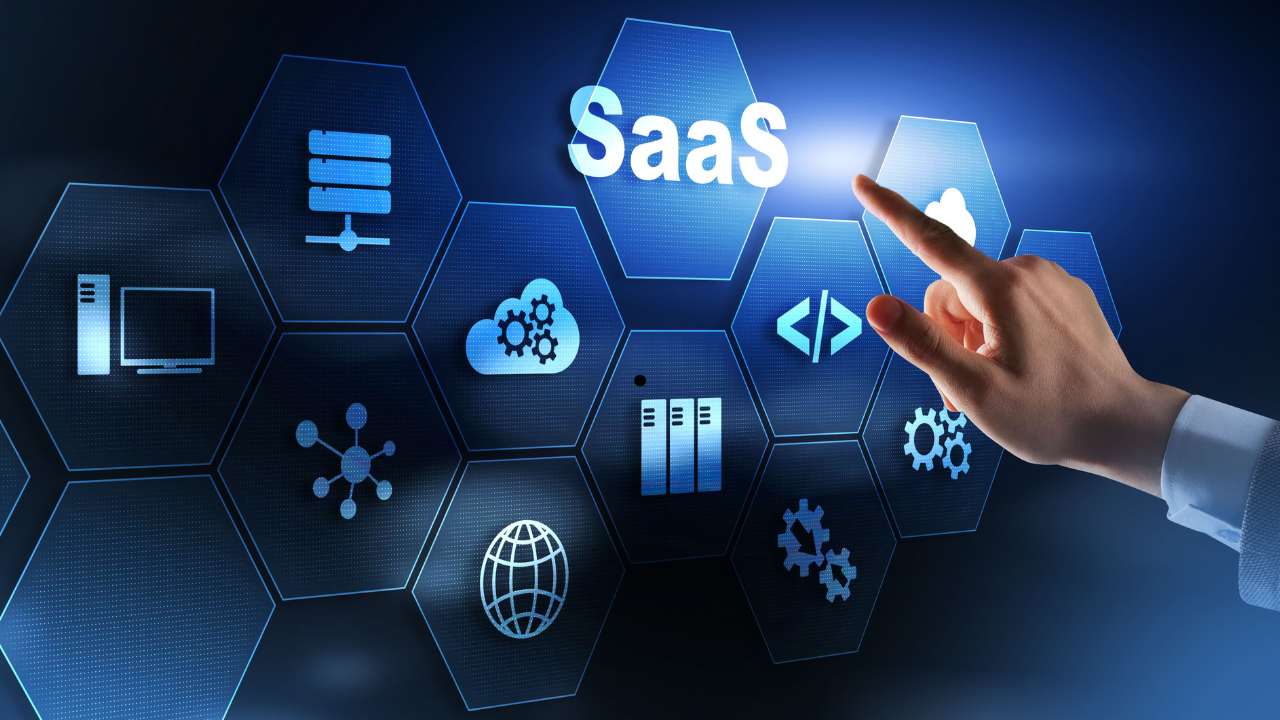Software as a Service (SaaS) is a software distribution model in which applications are hosted by a service provider and made available to customers over the internet. Instead of installing and maintaining software on individual computers, users access the software via the internet, typically through a web browser. SaaS offers numerous benefits, including cost savings, scalability, accessibility, and regular updates without the need for manual intervention.
Key Characteristics of SaaS:
- Hosted on the Cloud: SaaS applications are hosted on the cloud, eliminating the need for local installations.
- Subscription-Based: Users typically pay a recurring subscription fee, often monthly or annually, which includes maintenance and support.
- Accessibility: SaaS applications can be accessed from any device with an internet connection, providing flexibility and convenience.
- Scalability: SaaS solutions can easily scale to accommodate growing numbers of users or increased demand without requiring additional infrastructure.
- Automatic Updates: Software updates and maintenance are handled by the service provider, ensuring users always have access to the latest features and security enhancements.
Examples of SaaS Applications:
- Google Workspace (formerly G Suite):
- Description: A collection of productivity and collaboration tools including Gmail, Google Drive, Google Docs, Google Sheets, and Google Meet.
- Use Case: Enables businesses and individuals to create, share, and collaborate on documents and communicate effectively.
- Salesforce:
- Description: A leading customer relationship management (CRM) platform that helps businesses manage their sales, marketing, customer service, and more.
- Use Case: Used by companies to streamline their sales processes, improve customer interactions, and enhance marketing efforts.
- Microsoft 365:
- Description: A suite of productivity applications including Microsoft Word, Excel, PowerPoint, Outlook, and Teams.
- Use Case: Provides tools for document creation, data analysis, presentations, email management, and team collaboration.
- Slack:
- Description: A collaboration hub that connects teams with the people, information, and tools they need to get work done.
- Use Case: Facilitates real-time messaging, file sharing, and integration with other work tools to enhance team communication and productivity.
- Zoom:
- Description: A video conferencing platform that enables virtual meetings, webinars, and online collaboration.
- Use Case: Used for remote meetings, virtual events, and online learning, providing video, audio, and chat capabilities.
- Dropbox:
- Description: A cloud storage service that allows users to store and share files securely.
- Use Case: Provides a platform for file backup, synchronization, and collaboration, accessible from any device.
- Shopify:
- Description: An e-commerce platform that allows businesses to create and manage online stores.
- Use Case: Enables entrepreneurs and businesses to sell products online, manage inventory, process payments, and handle shipping.
- HubSpot:
- Description: An inbound marketing, sales, and service software that helps companies grow by attracting visitors, converting leads, and closing customers.
- Use Case: Utilized for marketing automation, sales CRM, customer service, and content management.
Benefits of SaaS:
- Cost-Effective: Reduces the need for significant upfront investments in hardware and software, as well as ongoing maintenance costs.
- Flexibility: Offers the ability to access applications from anywhere, on any device, facilitating remote work and collaboration.
- Scalability: Easily scales to accommodate growth, whether it’s adding more users or expanding functionality.
- Automatic Updates: Ensures users always have the latest features and security updates without manual intervention.
- Security: SaaS providers often implement robust security measures to protect data and ensure compliance with industry standards.
Conclusion
In conclusion, SaaS represents a modern approach to software delivery that leverages the power of the internet to provide flexible, scalable, and cost-effective solutions. By adopting SaaS, businesses and individuals can access powerful tools and services without the complexities and costs associated with traditional software deployment. From productivity suites to specialized business applications, SaaS continues to transform the way we work and interact with technology.


